
When to Replace Stormwater Infrastructure
Stormwater infrastructure is an important part of a city’s infrastructure system. With around 3.5 million miles of sewers in the US, stormwater infrastructure upkeep can be hard for municipalities to manage. Over time, however, these systems can deteriorate and become less effective.
Warning Signs for Replacement
Knowing the warning signs of when to replace stormwater infrastructure is important for maintaining safe and efficient sewers. Here are some of the warning signs that indicate a need for stormwater infrastructure replacement:
Age
The age of a sewer system is one of the most important factors to consider. Depending on upkeep and the materials used, stormwater infrastructure has an average lifespan of between 20 to 100 years. If the infrastructure is reaching the end of its lifespan, it may be time to consider replacement.
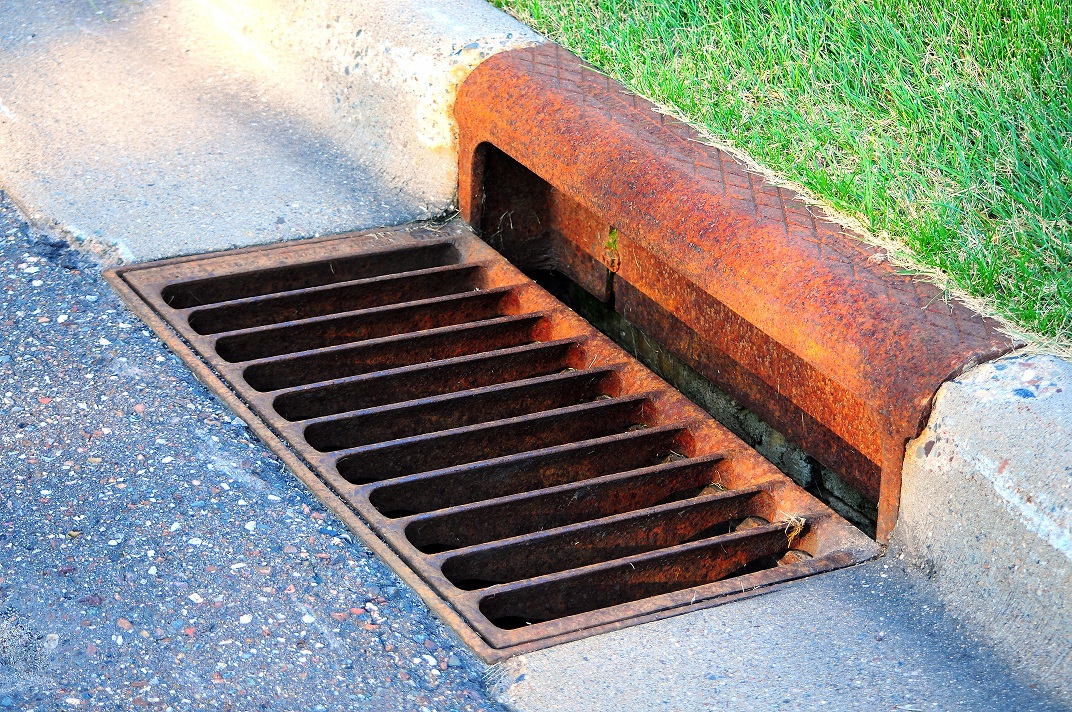
The age of stormwater infrastructure is an important factor to consider when evaluating its condition and performance. The lifespan of the infrastructure can vary widely depending on several factors, including the materials used, the quality of construction, and the level of maintenance received over time.
For example, concrete pipes and culverts can become brittle over time, leading to cracking and failure. Steel pipes can rust and corrode, reducing their strength and integrity. Additionally, sediment and debris can accumulate inside pipes and culverts, reducing their capacity and increasing the risk of blockages and flooding.
Factors That Lower Lifespans of Wastewater Systems
Neglecting Maintenance and Inspections
Regular inspections and maintenance help identify signs of aging and deterioration in stormwater infrastructure. This allows for stormwater repair and replacement before more serious issues arise. However, as infrastructure reaches the end of its expected lifespan, it may be more cost-effective to replace it. This is especially true if there is a need to issue repairs and patchwork fixes frequently.
Environmental Wear and Tear
It is also worth noting that factors beyond municipalities’ control impact sewer lifespans. For example, extreme weather events or natural disasters can cause significant damage to infrastructure.
Similarly, land use and development changes can increase runoff and stormwater flows. This puts additional stress on aging infrastructure and reduces its effectiveness, which increases the need for stormwater repair and replacement.
Physical Condition
The physical condition of stormwater infrastructure is an important factor to consider when assessing its performance and safety. As infrastructure ages and is exposed to the elements, it can experience wear and tear, leading to structural damage and other issues.
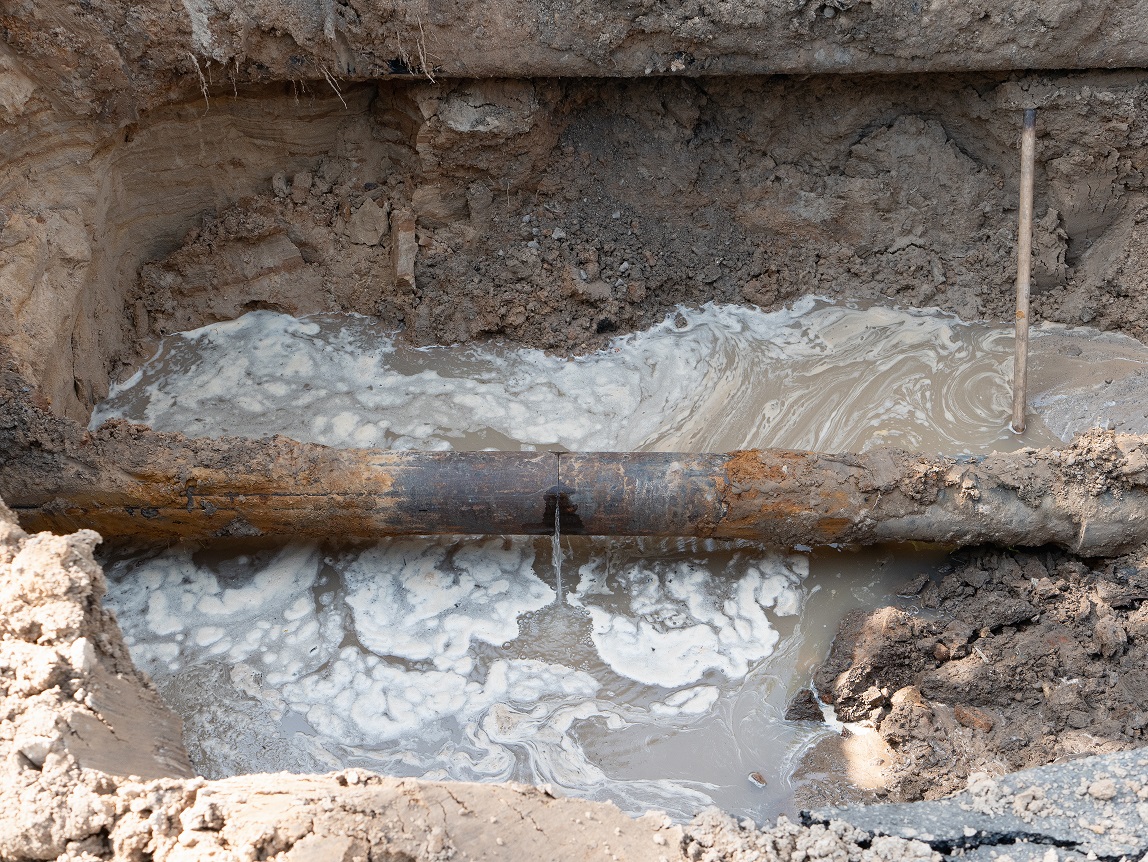
One of the most common signs of physical damage to stormwater infrastructure is cracking. Concrete pipes and culverts, for example, can develop cracks as they age. These cracks allow water to seep through and cause erosion or instability. Similarly, steel pipes can also develop cracks due to fatigue, stress, or corrosion.
Other signs of physical damage that need stormwater repair include deformation or buckling. In some cases, these signs of damage can be visible on the surface. However, many times, they may only be detectable through more in-depth inspection techniques, such as GIS Mapping.
Physical damage to underground pipes can be particularly problematic, as it can be difficult to detect and repair. Leaks or blockages in underground pipes can lead to a variety of issues, including sinkholes, flooding, or damage to nearby structures. As such, regular inspection and maintenance of underground pipes are essential to ensure their continued performance and safety.
Here are some signs that your infrastructure is damaged that may be visible on the surface:
Here’s how you can tell if a stormwater pipe is potentially cracked or corroded without digging:
|
|
Capacity Issues
The capacity of stormwater infrastructure is a critical factor in its ability to manage stormwater runoff effectively. Low capacity can lead to flooding, erosion, and other issues that risk public safety and property.
Factors That Impact Stormwater and Sewer Capacity
The size of the Infrastructure is Not Optimal
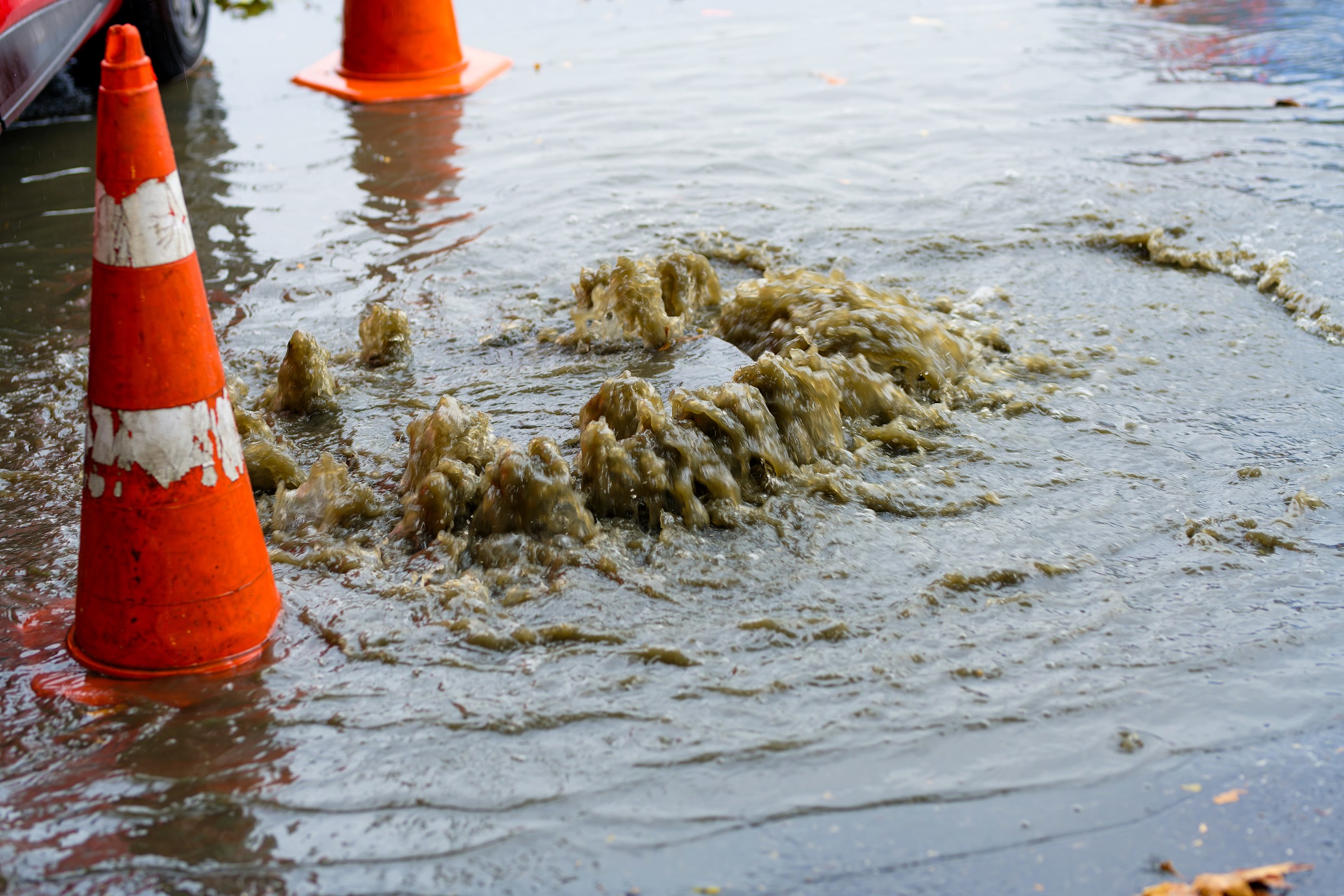
One important consideration when evaluating capacity is the size of the infrastructure relative to the area it serves. If the infrastructure is too small, it won’t effectively manage the volume of water generated during heavy rainfall events, leading to flooding and other issues. Conversely, if the infrastructure is too large, it may be underutilized, leading to inefficiencies and wasted resources.
Blockages Have Caused Damage Due to Inefficient Maintenance
Another important consideration when evaluating capacity is the condition of the infrastructure. Over time, stormwater infrastructure can become clogged with sediment, debris, or other materials. This reduces its effective capacity and increases the risk of blockages and flooding. Similarly, physical damage to infrastructure, such as cracking or corrosion, can also reduce its capacity and effectiveness.
Infrastructure Has Not Expanded With Population Increases
Stormwater repair and expansion should also increase along with population increases to accommodate the increased volume of water generated by runoff. This can involve adding or upgrading new infrastructure to increase capacity and effectiveness.
Additionally, it may involve implementing new stormwater management techniques, such as green infrastructure.
Maintenance Needs Have Significantly Increased
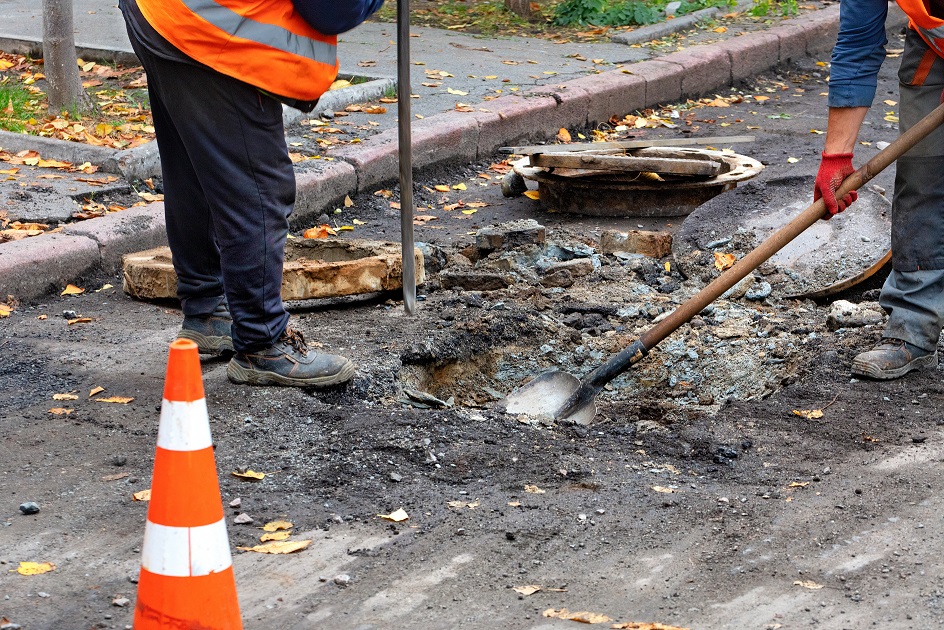
According to the Congressional Budget Office, in 2017:
- 72% of wastewater spending in the United States was used for Operation and Maintenance.
- 96% of this government spending was spent by state and local governments.
- Government spending reached $113 billion in 2017 for water supply and wastewater treatment.
As mentioned earlier, regular maintenance is crucial for ensuring the longevity and effectiveness of stormwater infrastructure. Neglecting maintenance can cause various problems, making the replacement of infrastructure necessary. Regular maintenance activities include inspections, cleaning, repairs, and replacements of worn or damaged parts.
Procedures Necessary for Proper Water Systems Maintenance
Regular Inspections to Check for Damage and Blockages
Inspections are crucial to identify any signs of wear and tear, cracks, or other types of damage. Inspections should be performed regularly to detect any potential issues and address them promptly. While you should inspect your water systems at least once a year, preventative measures will be the best option to keep costs and potential issues low.
Regular Cleaning
Stormwater infrastructure cleaning is another important maintenance activity that should be performed regularly. Sediment, debris, and other materials can accumulate inside pipes, reducing their capacity and effectiveness. Regular cleaning can lower the frequency of needed stormwater repair, leading to a longer-lasting sewer system.
Repair and Replace Before Severe Damage Occurs
While regular maintenance is a key component of longevity, sewer repairs and replacements are inevitable. If a section of pipe has a severe crack, corrosion, or other damage, it may be necessary to replace it. Similarly, other parts of the infrastructure, such as catch basins, manholes, or headwalls, may also need to be replaced if damaged or worn out.
Outdated Technology, Materials or Design
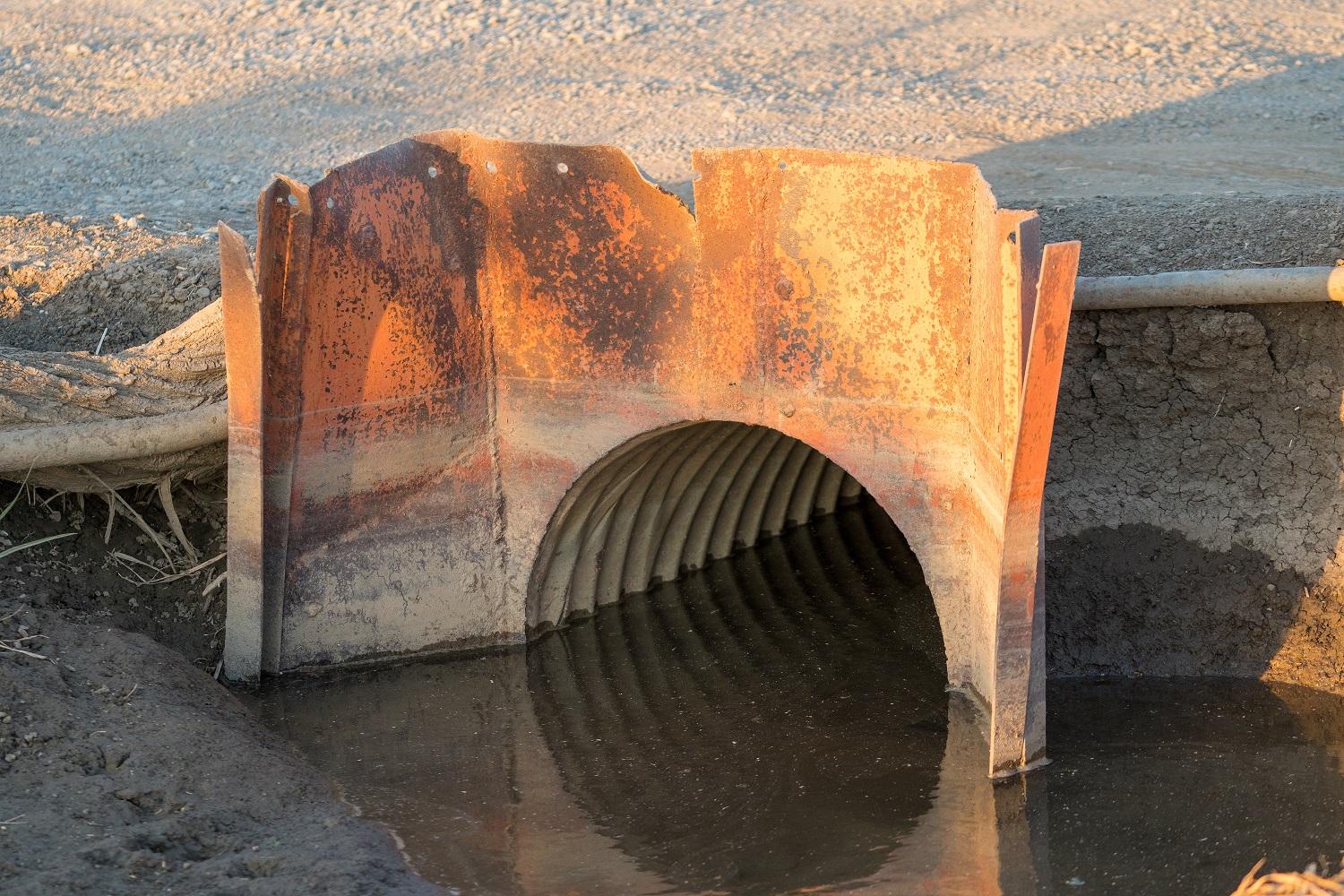
Over time, technology and best practices for managing stormwater and stormwater repair can change. These changes can impact the design and effectiveness of stormwater infrastructure. As a result, infrastructure considered state-of-the-art a few decades ago may now be outdated and unable to meet current needs.
Materials
One common example is the use of traditional concrete pipes for stormwater conveyance. While concrete pipes can be effective in managing stormwater in some circumstances, they are prone to cracking, corrosion, and other types of damage that can reduce their effectiveness.
Additionally, concrete pipes may not be able to handle the increased volume of water generated by more intense and frequent rainfall events. In these cases, an upgrade to more modern materials, such as HDPE (high-density polyethylene) pipes, may be necessary to ensure the infrastructure can effectively manage stormwater.
Design
Similarly, the design and location of stormwater infrastructure may need to be updated to meet new best practices or regulations. For example, in some cases, green infrastructure techniques such as bioswales, rain gardens, or permeable pavements may be more effective at managing stormwater runoff than traditional infrastructure.
If an area has been developed since the stormwater infrastructure was initially installed, the design and location of the infrastructure may need to be adjusted to accommodate changes in land use and runoff.
Technology
Another example of upgrading stormwater infrastructure is using technology to improve its performance. For instance, real-time sensors can monitor water levels, flow rates, and other parameters to provide data for optimizing the system’s performance.
Advanced analytics, data visualization, and modeling can process this data to provide insights for system managers, such as identifying areas where blockages or other problems are likely to occur. If the existing infrastructure is not capable of supporting these technologies, an upgrade may be necessary to take advantage of their benefits.
Recent Flooding
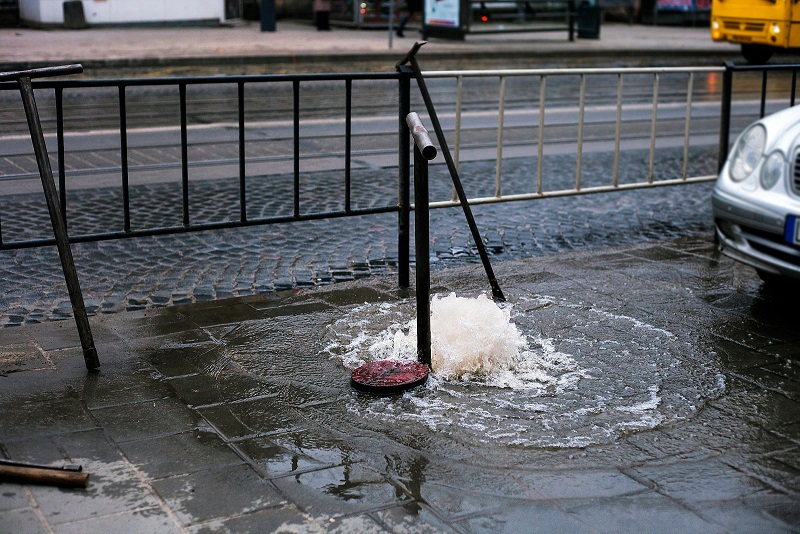
Since 1996, 99% of counties in the United States have been impacted by a flooding event. Flooding is one of the most visible and immediate signs that stormwater infrastructure may need to be replaced. If the system is not functioning effectively, it may not be able to manage the volume of water generated during heavy rainstorms, leading to flooding that can cause significant damage to properties and pose a hazard to public health.
In many cases, flooding results from an overloaded stormwater system that cannot keep up with the volume of water flowing into it. This can occur if the infrastructure is too small or not functioning properly due to damage or blockages. As a result, water can back up into streets, homes, and other structures, causing damage and posing a hazard to public health.
Flooding can be particularly dangerous if it is a recurring issue, as this can indicate that the stormwater infrastructure consistently fails to manage the volume of water generated during storm events. This can lead to chronic property damage and increased risks of water-borne diseases and other public health hazards.
To address the issue of flooding, cities and municipalities may need to consider replacing stormwater infrastructure that is consistently failing to manage stormwater effectively. This may involve increasing the size of the infrastructure, installing more effective drainage systems, or upgrading the technology used to manage the water flow through the system.
In some cases, it may be necessary to completely replace the existing infrastructure, particularly if it is outdated or unable to meet current needs.
Cost of Stormwater Repair Outweighs the Replacement Cost
Cost is an important factor when deciding whether to replace or issue stormwater repair. While replacing infrastructure can be expensive, replacing is often less expensive than the cost of repairing damage caused by outdated water infrastructure. This is often true for other problems resulting from outdated or damaged infrastructure.
Reasons to Replace vs Repair Outdated or Damaged Stormwater Infrastructure
Damage is too Frequent or Severe to Patch, Making Failure More Likely
When infrastructure is outdated or damaged, it is more likely to fail and cause damage to properties and other structures. This can result in expensive repairs and clean-up costs. These costs can be significantly more expensive than simply replacing the infrastructure when you also factor in surrounding damage and legal fees.
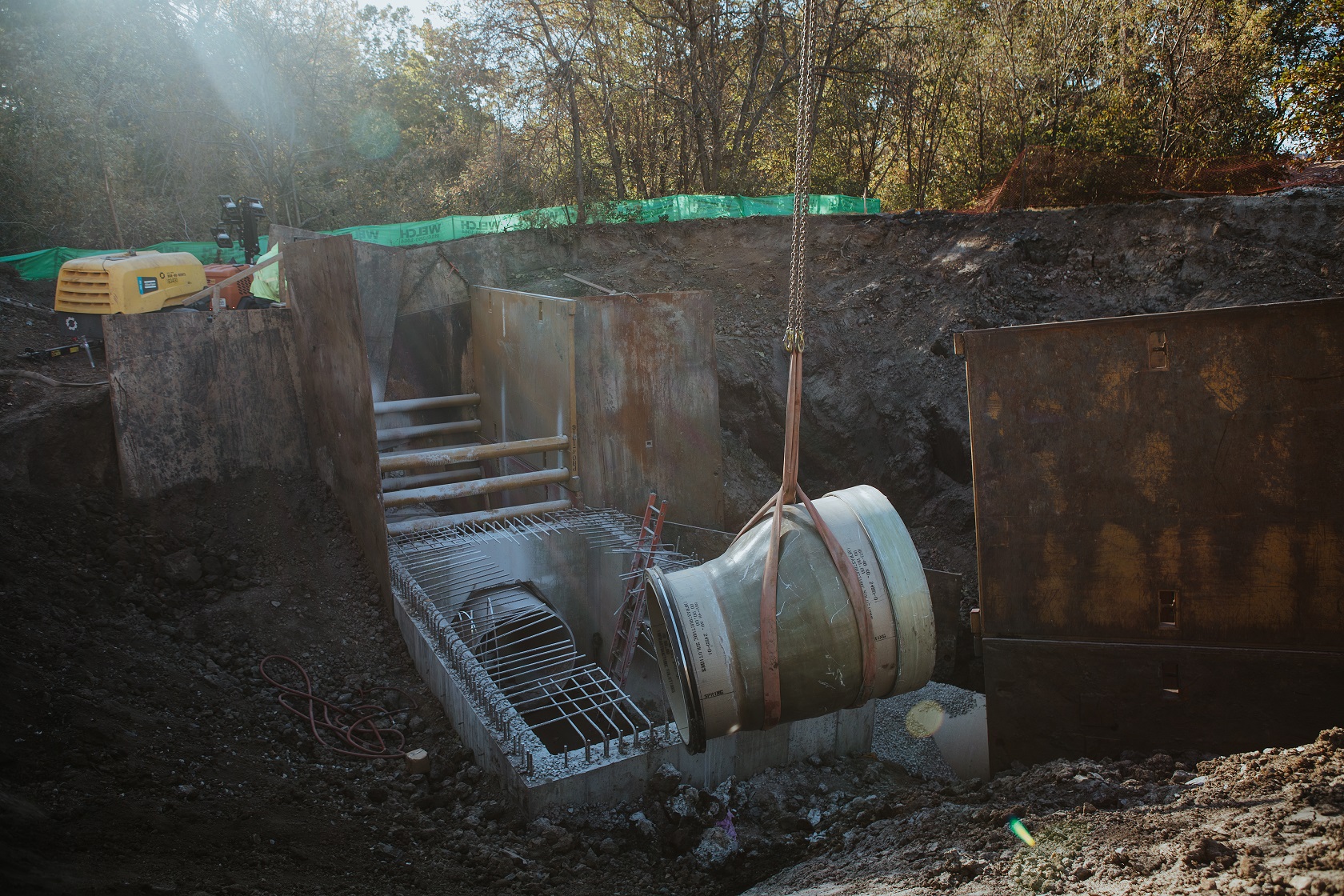
Legal Liabilities for Damages Caused by Failed Water Infrastructure
In addition, damaged infrastructure increases the risk of legal liability for cities and municipalities. If infrastructure fails, the municipality responsible for maintaining the infrastructure may be held legally responsible for the damage. This can result in expensive legal fees and settlements, which can be avoided by proactively replacing outdated or damaged infrastructure.
Longterm Infrastructure Investments Lower Overall Costs and Risks
The cost of replacing stormwater infrastructure can be a significant investment. However, it is important to view this investment in the context of the long-term benefits that it can provide.
By investing in modern, effective infrastructure, cities and municipalities can better protect their communities from the risks of stormwater-related damage. This also ensures that they can manage stormwater in a sustainable and environmentally responsible way.
Why You Need an Experienced Team for Stormwater Infrastructure Replacement
Additionally, it’s important to work with an experienced team for stormwater infrastructure replacement. This will ensure you get the most effective and long-lasting sewer system and lower your costs in the long run due to fewer repairs and less immediate maintenance.
Another key benefit of working with an experienced team is that they have the knowledge and experience to manage any unexpected issues that may arise during the replacement process. Stormwater repair and replacement can be unpredictable if not done correctly.
It is not uncommon for unexpected issues to arise during the process. An experienced team like GBA will quickly and effectively prevent and address these issues, minimizing any delays or disruptions to the replacement process.
Ultimately, working with an experienced team for stormwater infrastructure replacement can help ensure that the replacement is done effectively and efficiently, with minimal disruption to the surrounding community. By partnering with a team that has the knowledge, skills, and equipment necessary for the job, municipalities can make the replacement process as seamless as possible.
In Conclusion
Stormwater infrastructure plays an important role in managing storm runoff and reducing the risk of flooding. Regular stormwater repair, inspections, and maintenance help prolong the lifespan of the infrastructure. However, eventually, replacement will become necessary.
By paying attention to the warning signs discussed above, engineers and city officials can ensure that stormwater infrastructure is replaced in a timely manner to maintain a safe and efficient infrastructure system.